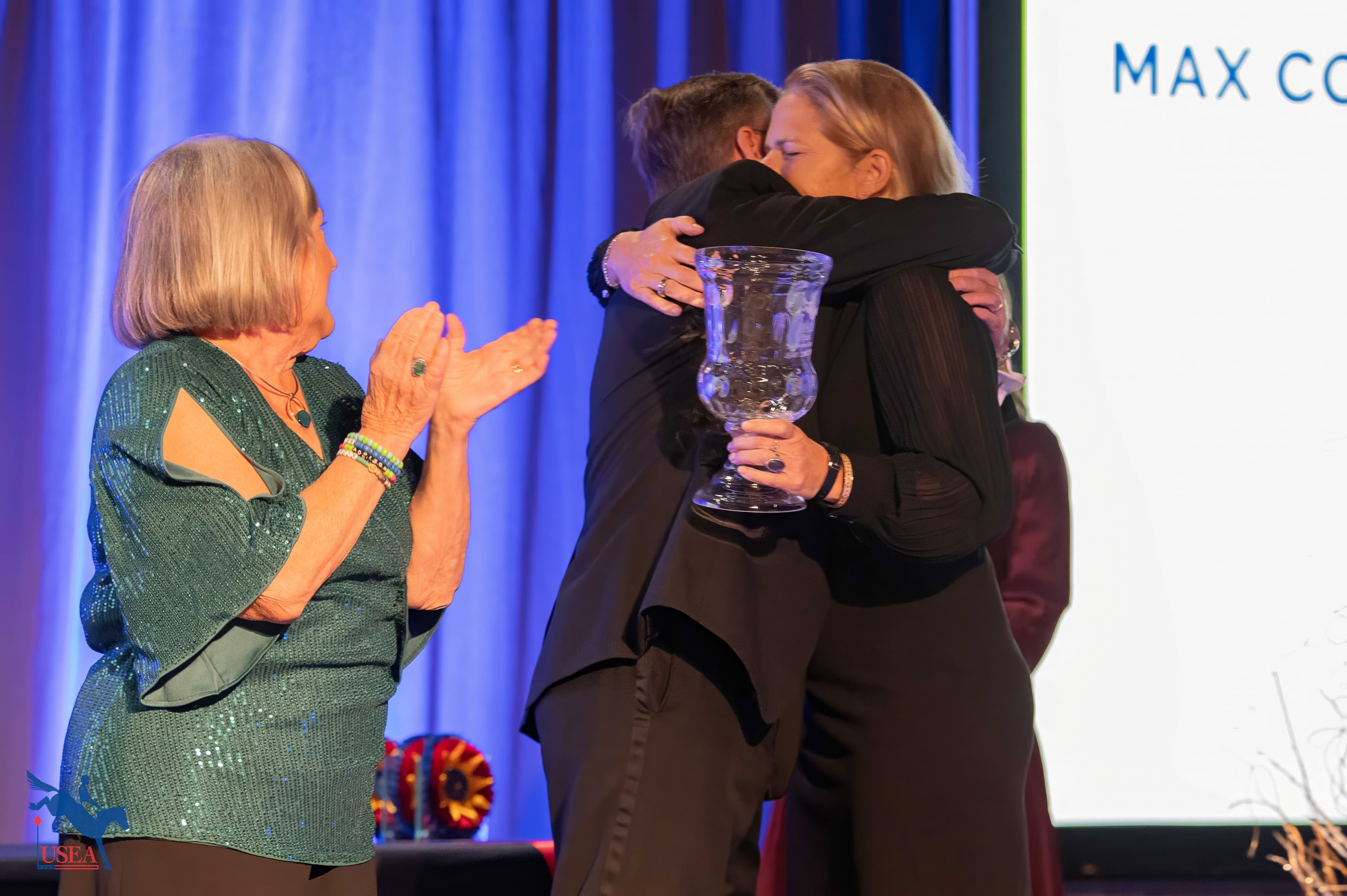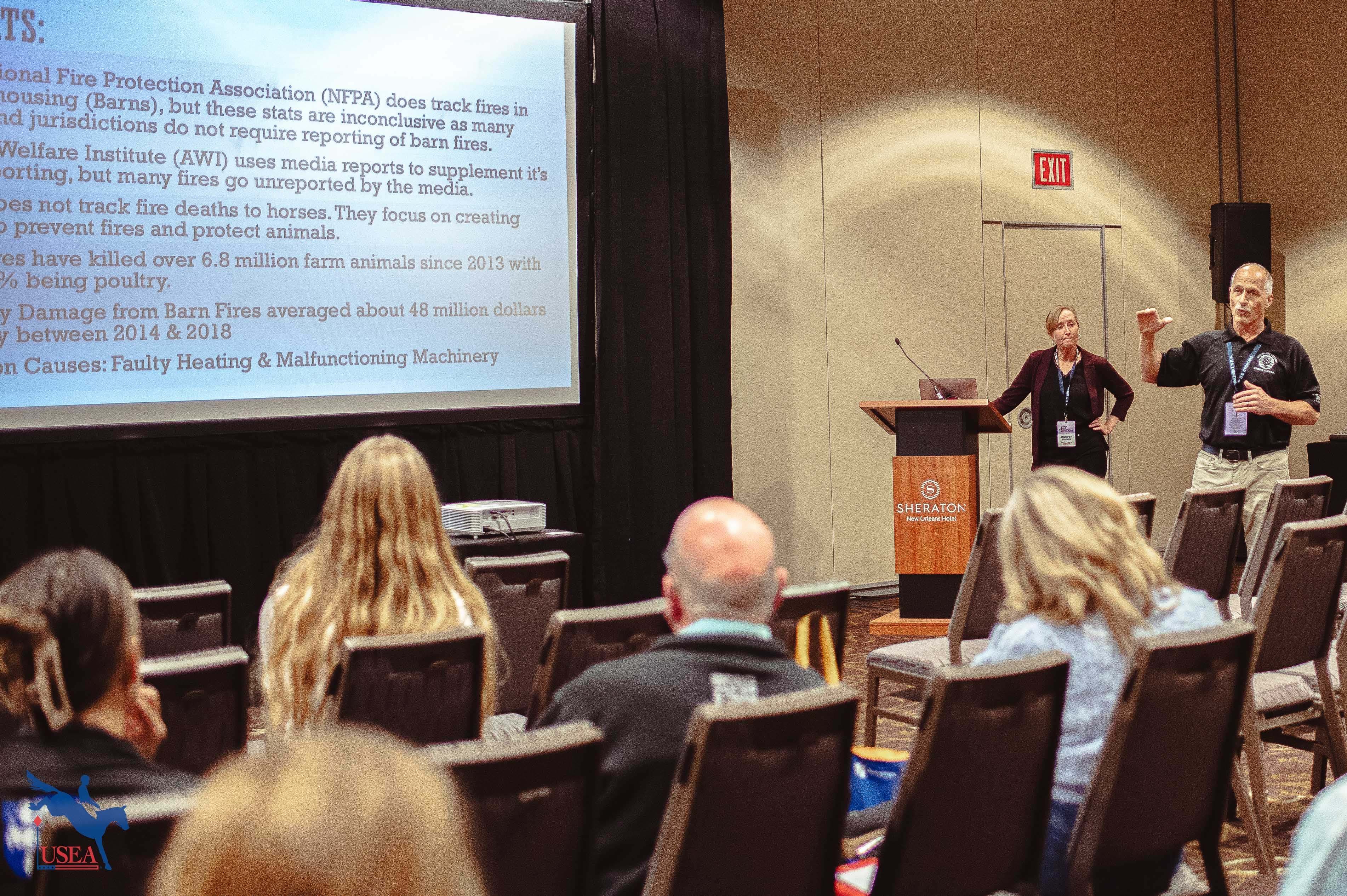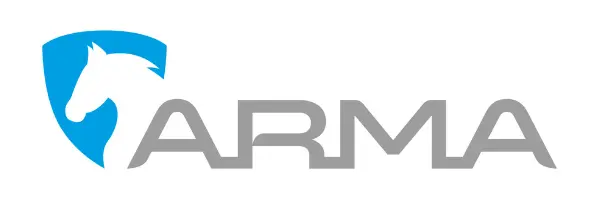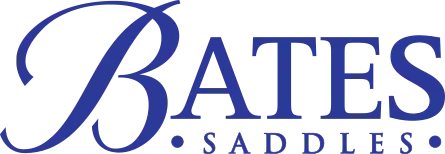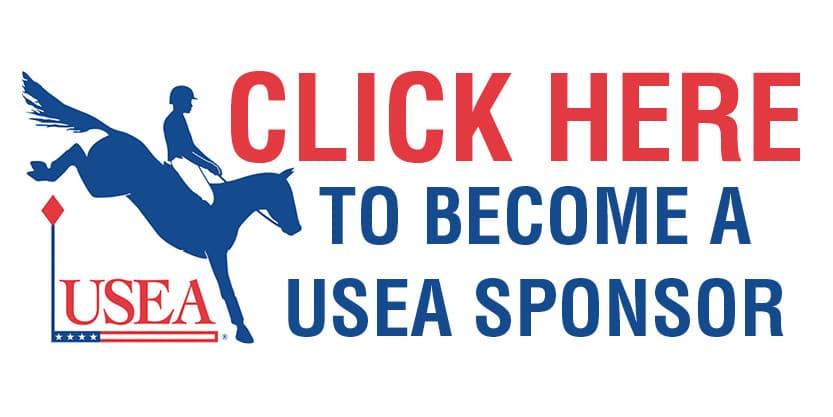Making Diagnostic Exams Easier
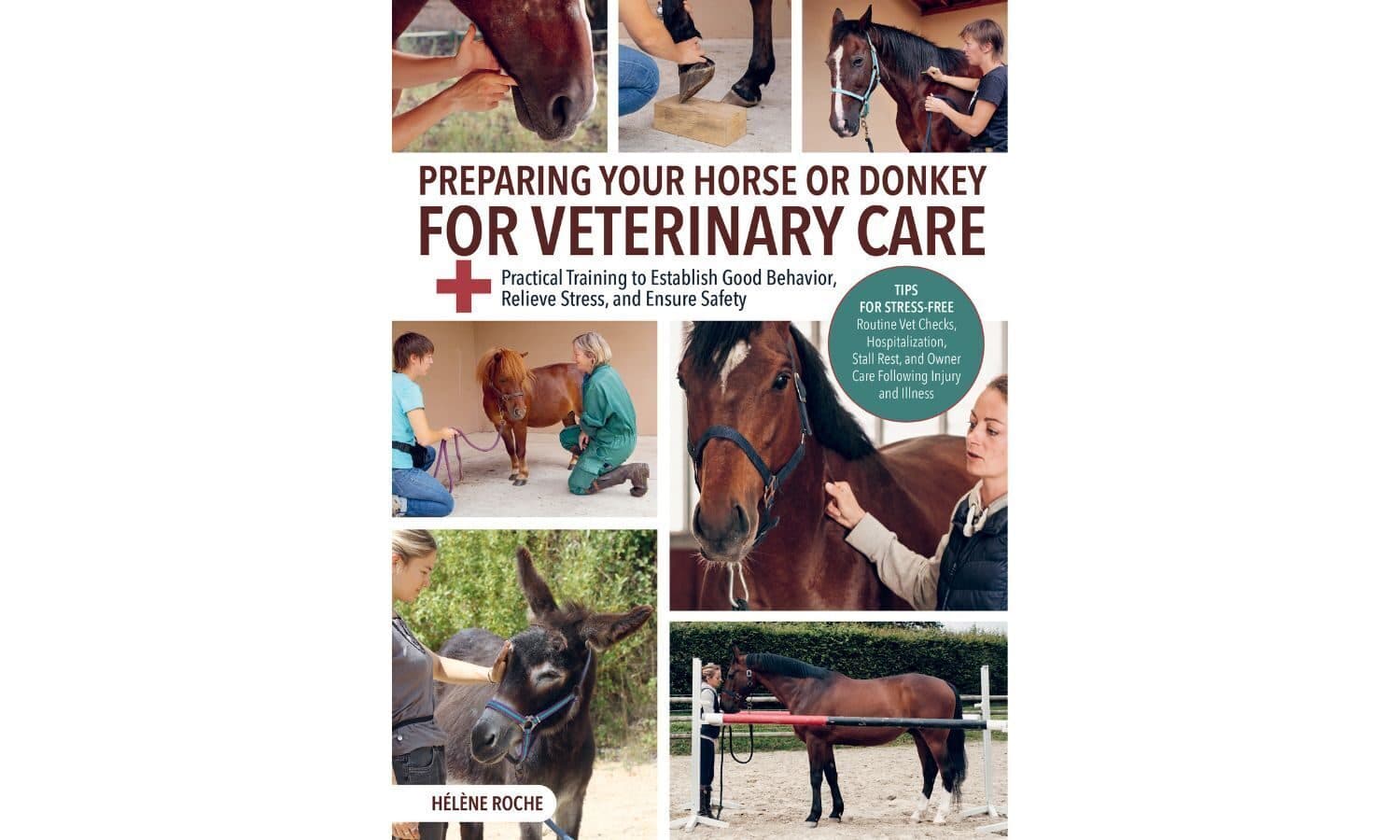
The following excerpt is from "Preparing Your Horse or Donkey for Veterinary Care," published by Trafalgar Square Books.
Equine behavior expert and trained ethologist Hélène Roche provides practical, fair, and scientifically researched techniques for training horses to “cooperate for care.” This technique teaching horses to cooperate and stay still for x-rays is particularly helpful for sport horses.
Positioning a Limb
What’s the Point?
Being able to direct a horse’s foot onto a support is essential if your veterinarian wants to take an x-ray to diagnose damage to the musculoskeletal system (in a case of lameness, for example). Usually, even if a horse will lift his leg, he won’t put it down in the right spot; you’ll have to pick it up again and reposition it, and then he won’t wait long enough to let the x-ray machine finish, and you’ll have to start over from the top.
What You’ll Need
- Some wooden blocks an inch thick, wide enough across for a horse to place his foot on the surface with room to spare and strong enough to support his weight on that leg.
- A car mat (preferably a rubber one, for easy cleaning).
What You Want the Horse to Do
- Step on a block when you ask him to.
- Bend his leg a little bit but stand still.
What You Do
You can just pick up the horse’s leg and put his foot wherever you want. The issue is that the horse will probably move it again, if he isn’t comfortable with its position thanks to the change in the distribution of his weight and his balance, and the quality of any diagnostic image will suffer for it. Focus on teaching the horse to understand that you’re asking for something specific that won’t last forever, and he’ll do a better job standing still despite having his leg in an unusual position. Clicker training is precise and effective for this exercise.


Step by Step
You’ll need a helper to do this exercise. It can be done as preparation on the day the vet is going to come even if you haven’t practiced it before then, although the clicker technique will work better if you’ve already practiced clicker training with your horse.
Stepping on a Block
- Ask the horse to lift his foot, and position it on a block; as soon as it touches down fully, click, lift it away and let him set it down somewhere else, and reward him.
- Place the foot back on the block, and if the horse tries to shift his weight to it, click, lift it away and let him set it down somewhere else, and reward him.
- If the horse doesn’t shift his weight onto the foot you’ve moved, ask a helper to lean on his opposite shoulder, or to pull on his tail if you’re working with a hind foot—the moment the horse begins to put weight onto the foot you’ve moved, click, release his foot, and reward him.
- Once the horse is putting weight on the foot willingly, wait for one second, click, and reward him; keep going if the horse is willing to stay in position. The vet should now be able to take an x-ray. If the horse still isn’t in a stable stance, ask him for a shorter duration, let him take his foot off the block, and then work on extending the duration again.

Common Mistakes
- Letting go of the leg completely if the horse lifts his foot instead of setting it down.
- Pulling or forcing the horse’s leg into place, in an effort to avoid the first mistake! Hold onto the leg, but follow the movement the horse is making instead of fighting it, and wait until the horse has stopped trying to move before returning the limb to the position you want.

This excerpt is is reprinted with permission from Trafalgar Square Books. Purchase your copy here.

